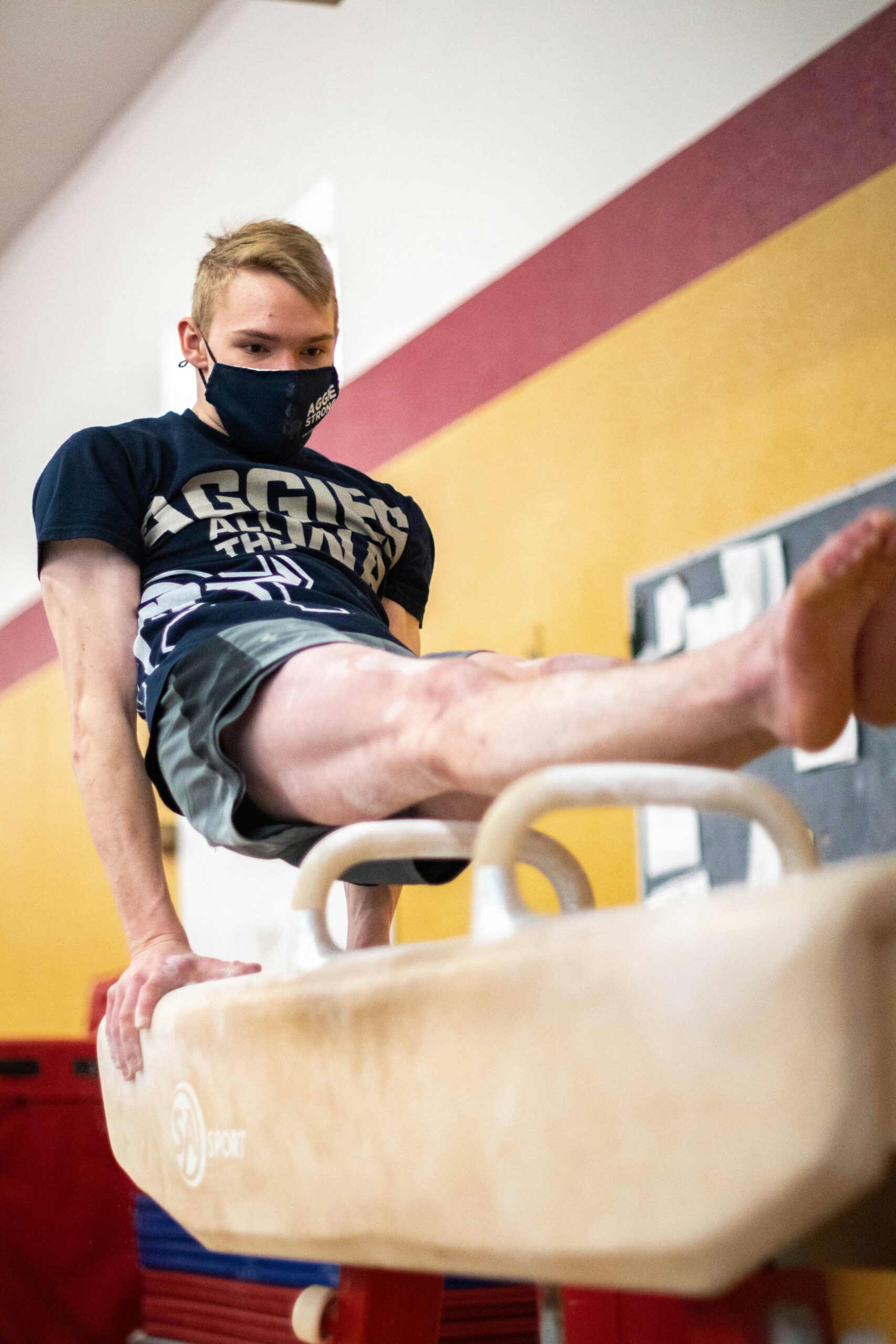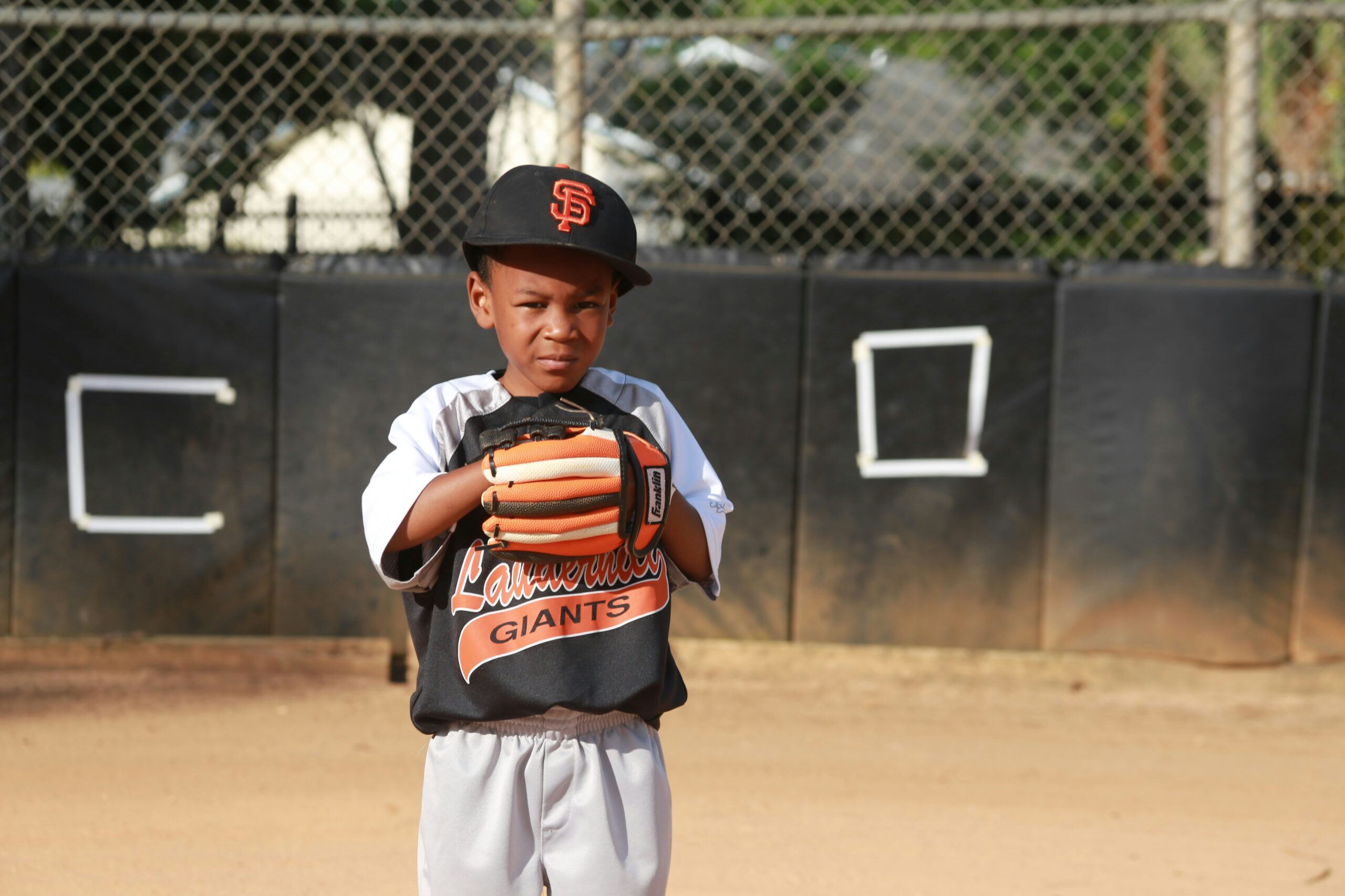Introduction: The Intersection of Mind and Body
In the world of sports, the quest for performance improvement often leads athletes down a path filled with flashy training regimens, high-tech gadgets, and exhaustive schedules. Yet, amidst the clamor of a fast-paced athletic culture, an age-old question arises: what if the key to elevating your game lies not in sheer physical exertion but in the synergy of mind and body? Mindful movement techniques have emerged as a revolutionary approach, promoting not just physical prowess but also mental clarity. This article dives deep into how these techniques can transform an athlete’s performance, enhance focus, and cultivate an overall sense of well-being.
The Essence of Mindfulness in Sports
Mindfulness, simply put, is the practice of being present and fully engaged in the moment. For athletes, this translates to a heightened awareness of their bodies, movements, and sensations. It struck me during a recent conversation with a local yoga instructor who trains athletes — she mentioned that many fail to connect their physical training with mental awareness. This disconnect can lead to injuries, burnout, and a general lack of fulfillment in one’s sport.
Research suggests that athletes who incorporate mindfulness into their training routines often experience improved focus, reduced anxiety, and enhanced performance. A significant number of studies indicate that athletes who practice mindfulness report feeling more in control during competitions. They are not just going through the motions; they are present, aware, and responsive.
Why Mindfulness Matters for Athletes
When considering the pressures of competition, it’s easy to understand why mindfulness can make a difference. Athletes are often inundated with expectations from coaches, sponsors, and fans. This pressure can lead to stress and anxiety, both of which can stifle performance. Mindful movement techniques can help counteract these negative effects. Here are a few reasons why mindfulness is gaining traction in athletic circles:
- Enhanced Concentration: Mindfulness helps athletes focus on the task at hand, reducing distractions that can lead to mistakes.
- Stress Reduction: Techniques such as deep breathing and body scans can lower stress hormones, aiding recovery and performance.
- Injury Prevention: By promoting body awareness, mindful movement can help athletes avoid injuries caused by poor form or overexertion.
- Improved Enjoyment: When athletes are present in their movements, they often find greater joy in their sport, leading to longer careers.
Mindful Movement Techniques: A Closer Look
Now, let’s explore some specific mindful movement techniques that athletes can incorporate into their training regimen, enhancing both performance and mental fortitude.
1. Breath Awareness
Ah, breath — the very essence of life, yet often overlooked in the hustle and bustle of athletic training. Breath awareness involves focusing on your breathing patterns to foster a connection between mind and body. It’s a technique that can be practiced anywhere, whether you’re warming up for a game or cooling down after a workout.
Simple steps to practice breath awareness include:
- Find a comfortable position, either seated or lying down.
- Close your eyes and take a few moments to notice your natural breath.
- Inhale deeply through your nose, allowing your abdomen to expand.
- Exhale slowly through your mouth, feeling your body relax with each breath.
In my own experience, incorporating breath awareness during training has helped me maintain composure during high-pressure situations. I recall a local marathon where I was on the verge of losing my pace, but focusing on my breath helped me regain my rhythm. It’s like hitting the reset button in the middle of a race!
2. Body Scan
The body scan is another powerful technique that involves mentally scanning your body from head to toe, observing any sensations, tensions, or areas of discomfort. This practice not only promotes relaxation but also enhances body awareness, helping athletes fine-tune their movements.
To perform a body scan:
- Lie down in a quiet space, allowing your body to sink into the floor.
- Start at the top of your head and mentally scan downwards, paying attention to each part of your body.
- Notice any areas of tension, and consciously relax those muscles as you move down.
- Take your time, spending a few moments on each section.
I’ve found that a body scan before a big game can help ease pre-competition jitters. It’s like giving yourself a mini massage from the inside out, helping you feel grounded and ready to go.
3. Dynamic Stretching with Awareness
Dynamic stretching is often overlooked in favor of static stretches, but integrating mindful movements into your warm-up can be a game-changer. This technique encourages athletes to be aware of their movements while also preparing their muscles for action.
To practice dynamic stretching with awareness:
- Start with gentle movements, such as arm circles or leg swings, and focus on how each part of your body feels.
- As you progress, incorporate movements that mimic the actions of your sport.
- Pay attention to your breath and how it syncs with your movements.
I remember watching a professional soccer team warm up with dynamic stretches. The players were so in tune with their movements, it was like watching a choreographed dance. The level of focus they exhibited was palpable, and it clearly paid off in their performance that day.
4. Visualization Techniques
Visualization is not just for athletes looking to psych themselves up before a big game; it’s a mindfulness practice that can enhance performance by creating a mental blueprint of success. By imagining oneself performing specific skills or achieving goals, athletes can improve their confidence and focus.
To practice visualization:
- Find a quiet space where you won’t be disturbed.
- Close your eyes and visualize yourself performing a specific skill (like a perfect shot or a flawless routine).
- Engage all your senses: imagine the sounds, the sights, and even the feelings associated with that moment.
During my high school days (which, let’s face it, feels like a lifetime ago), I used visualization to prepare for my final swim meet. I pictured myself gliding through the water, feeling the coolness and hearing the cheers of the crowd. When the time came, I felt like I had already been there before, and it made all the difference.
Integrating Mindful Movement into Training Regimens
So how do you weave these mindful movement techniques into your already packed training schedule? Here are some practical strategies to help you get started:
1. Start Small
Integrating mindfulness doesn’t mean overhauling your entire training routine overnight. Start with just a few minutes of breath awareness or a body scan and gradually build up from there. It’s like dipping your toes in a cold pool — you don’t have to jump in all at once!
2. Incorporate Mindfulness into Existing Workouts
Rather than setting aside special time for mindfulness, try to incorporate it into your existing workouts. For instance, during a run, focus on your breath and the rhythm of your feet hitting the ground. This way, mindfulness becomes a seamless part of your athletic life.
3. Set Intentions
Before each training session, take a moment to set an intention for your practice. It could be as simple as wanting to stay present or to focus on a particular skill. Setting intentions can help guide your practice and keep you mindful throughout your workout.
4. Reflect on Your Progress
After each training session, take a moment to reflect on how you felt during your mindful practices. What worked? What didn’t? This reflection can lead to greater insights and improvements over time.
Overcoming Challenges: The Mindfulness Hurdle
Of course, like any new habit, integrating mindfulness into your athletic routine can come with its set of challenges. It’s not unusual to feel restless or impatient when you first start practicing. I remember my own struggles during those early days of mindfulness training — my mind would wander, and I’d find myself mentally drafting my grocery list instead of focusing on my breath!
Here are a few tips to overcome common hurdles:
- Be Patient: Mindfulness is a skill that takes time to develop. Don’t get discouraged if it feels difficult at first.
- Practice Regularly: Like any training regimen, consistency is key. Try to incorporate mindfulness practices into your routine several times a week.
- Find What Works for You: Experiment with different techniques and find the ones that resonate most with you. Whether it’s breath awareness or visualization, the right technique can make all the difference.
Real-Life Applications: Athletes Who Embrace Mindfulness
Many elite athletes have recognized the benefits of mindfulness and have incorporated it into their training regimens. Take, for example, NBA superstar LeBron James, who has openly discussed the importance of mental training alongside physical conditioning. He incorporates meditation and breathing exercises into his daily routine, allowing him to maintain focus during high-pressure games.
Similarly, tennis champion Novak Djokovic has attributed part of his success to mindfulness practices, including yoga and meditation. He believes that mental well-being plays a crucial role in athletic performance, and his results speak volumes.
These examples illustrate that mindfulness isn’t just a trend; it’s a powerful tool that can lead to tangible results on the field, court, or track.
Conclusion: The Path to Elevated Performance
As we wrap up this exploration of mindful movement techniques for athletes, it’s clear that the intersection of mind and body holds significant potential for enhancing performance. By incorporating these practices into training routines, athletes can not only improve their physical capabilities but also cultivate a deeper connection to their sport.
Whether you’re a weekend warrior or a seasoned pro, consider taking a moment to breathe, reflect, and move mindfully. It’s a journey that may just elevate your game — and who wouldn’t want to play at their best?
So the next time you step onto the field, court, or track, remember: it’s not just about the movement. It’s about the mindful movement that can unlock your true potential. And who knows? You might just find that sweet spot where performance and joy intertwine.




